![]()
Research done in school cafeterias shows that making the lid of an ice cream cooler opaque reduces ice cream sales, while having a bowl of fruit by the cash register increases fruit sales.
But kids aren’t the only ones who are powerfully influenced by visual cues.
In the Weighless program, we work on tweaking our homes and workplaces in ways that make it easier and more automatic to make healthier food and movement choices. (We refer to this as “hacking our habitat.”)
For example:
- Put fresh fruit, raw veggies, sparkling water, and other ready-to-grab healthy options in the front of the fridge at eye level.
- Keep foods that you are likely to overeat out of sight–or better yet, out of the house altogether. It’s much easier to exercise your willpower once at the grocery store than consistently trying to exercise willpower every night while watching TV.
- If your office break room is always full of donuts or other not-worth-it temptations, figure out fun ways to avoid going in there. Can you buy your afternoon coffee at a cafe instead of getting it from the break room? Can you fill up your water bottle at a water fountain by the restroom?
- Keep a set of hand weights or resistance bands in a basket near the TV and use them while viewing.
- Position your walking/running shoes so that you see them every time you open the closet.
If all of that seems too simplistic or obvious, you may be underestimating the power of behavioral economics. Even the researchers who study these effects are subject to their influence!
In one study, a group of nutrition professionals attended a lecture in which they reviewed studies and watched video demonstrations showing that people eat more when they use larger bowls.
Immediately after the lecture, they attended a reception (which was actually part of the study). Sure enough, those who were handed larger bowls served themselves more ice cream than those who were given smaller bowls–and adamantly denied that the size of the plate influenced their consumption.
My point is that none of us is too smart to benefit from a little habitat hacking.
As you go through your week this week, look around your familiar environment with fresh eyes. See if you can think of any small changes that would support your healthy goals. Got a good one to share? Shoot us an email – we’d love to hear about it!

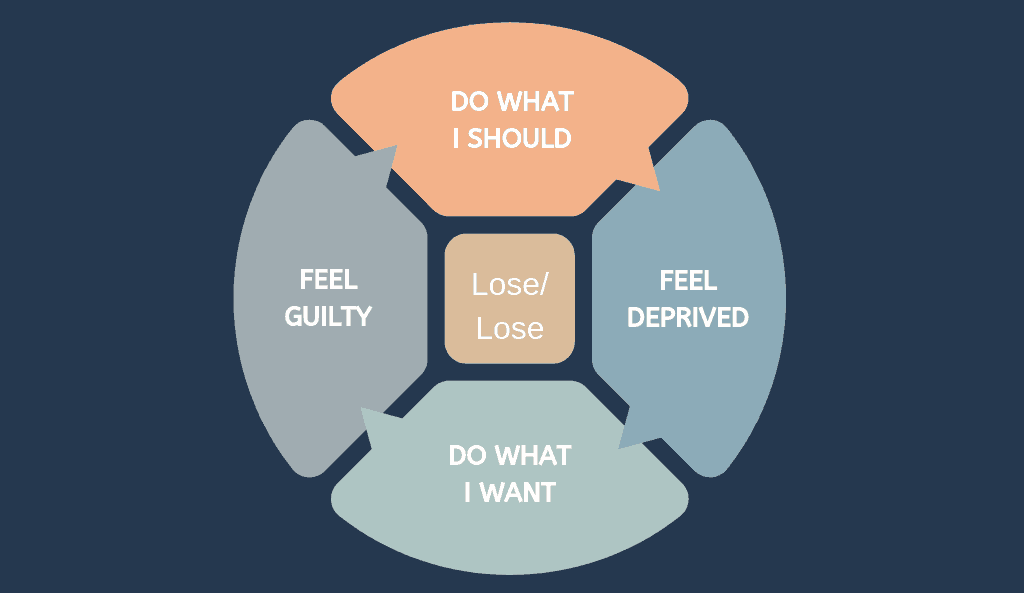
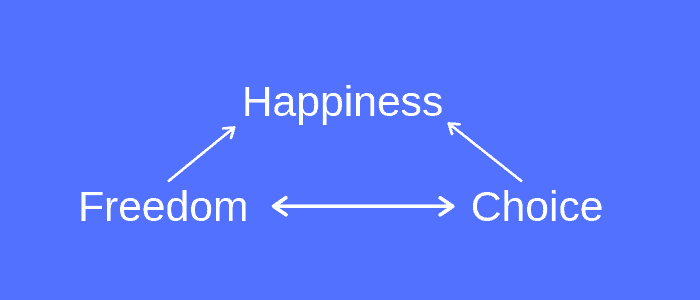
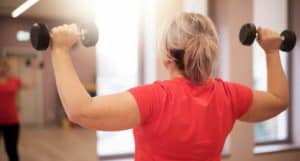
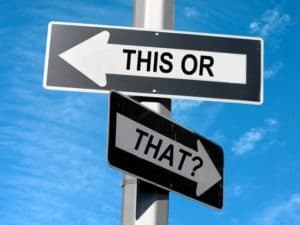 How many food or beverage related decisions do you make in a typical day? Most people estimate that number to be around 15. In reality, the actual number is closer to 200.
How many food or beverage related decisions do you make in a typical day? Most people estimate that number to be around 15. In reality, the actual number is closer to 200.
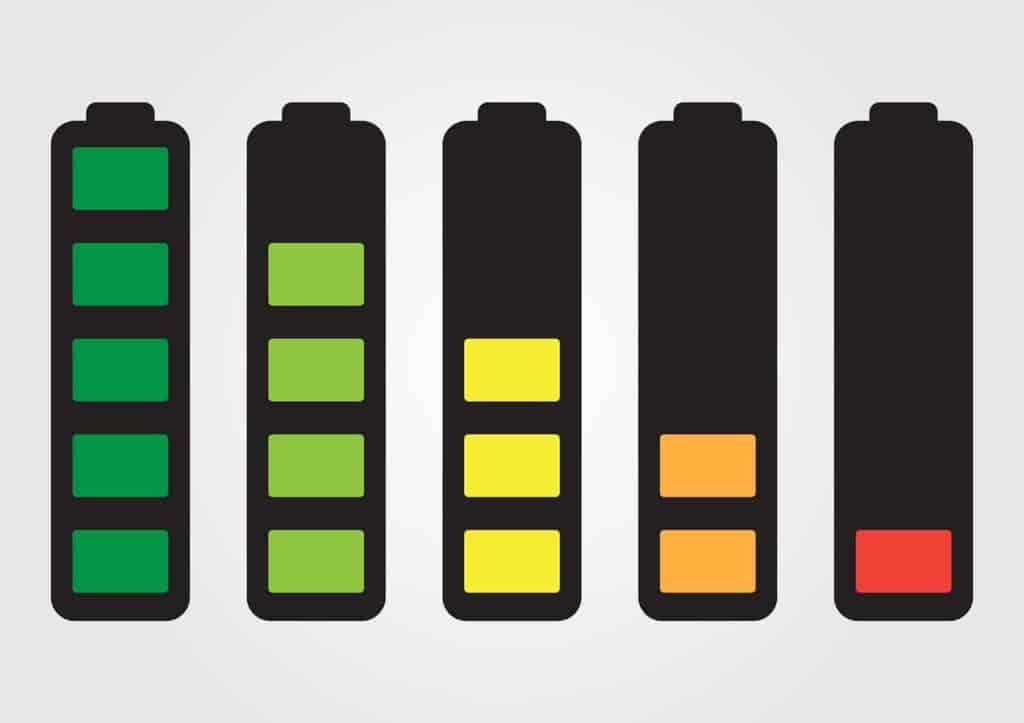 One reason that diets don’t work is that they rely too much on willpower.
One reason that diets don’t work is that they rely too much on willpower. I’ll bet you have a number in your head that represents your “goal weight.” Whenever you start a new diet, that number gleams in the distance like a pot of gold at the end of the rainbow.
I’ll bet you have a number in your head that represents your “goal weight.” Whenever you start a new diet, that number gleams in the distance like a pot of gold at the end of the rainbow.